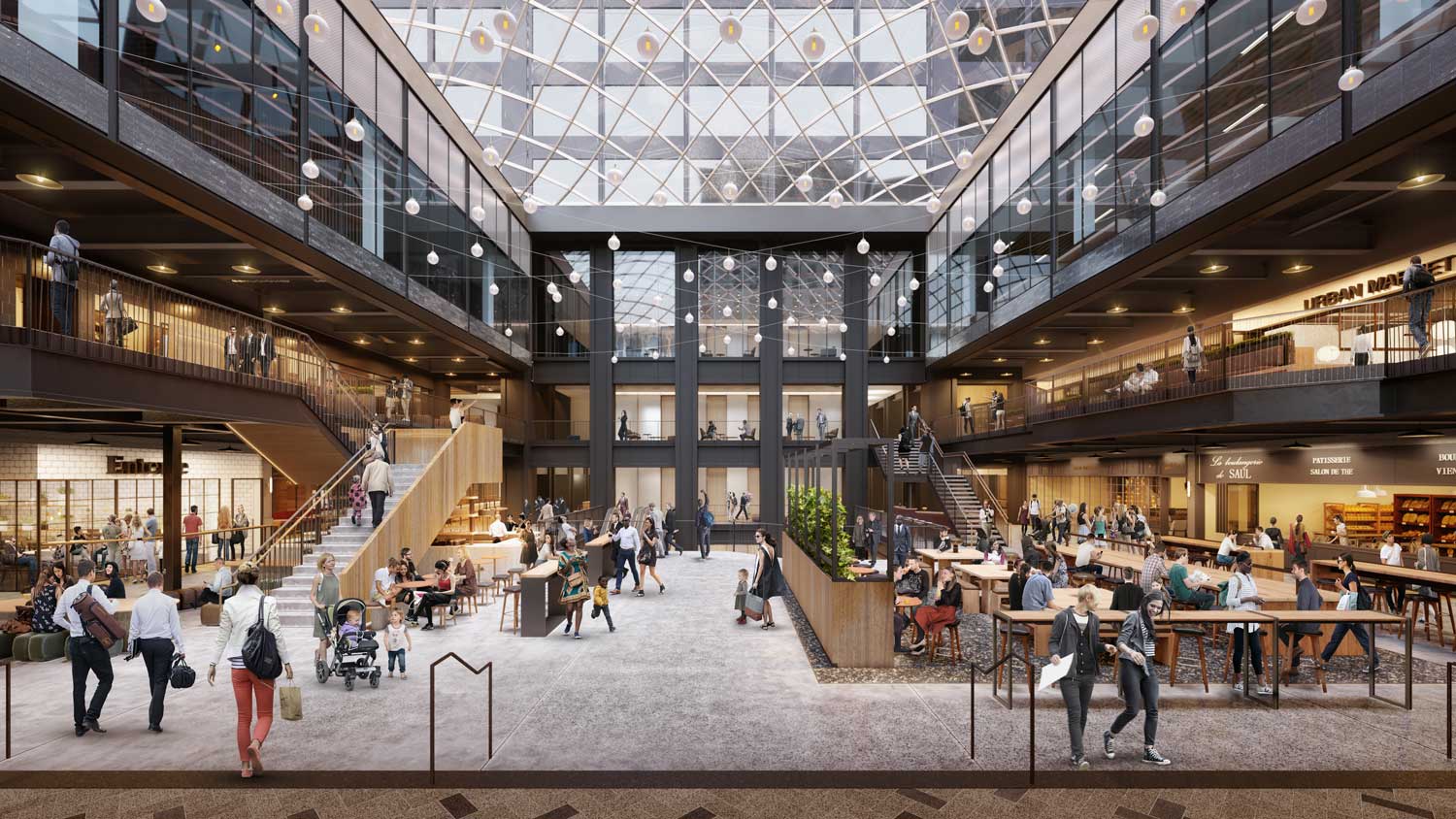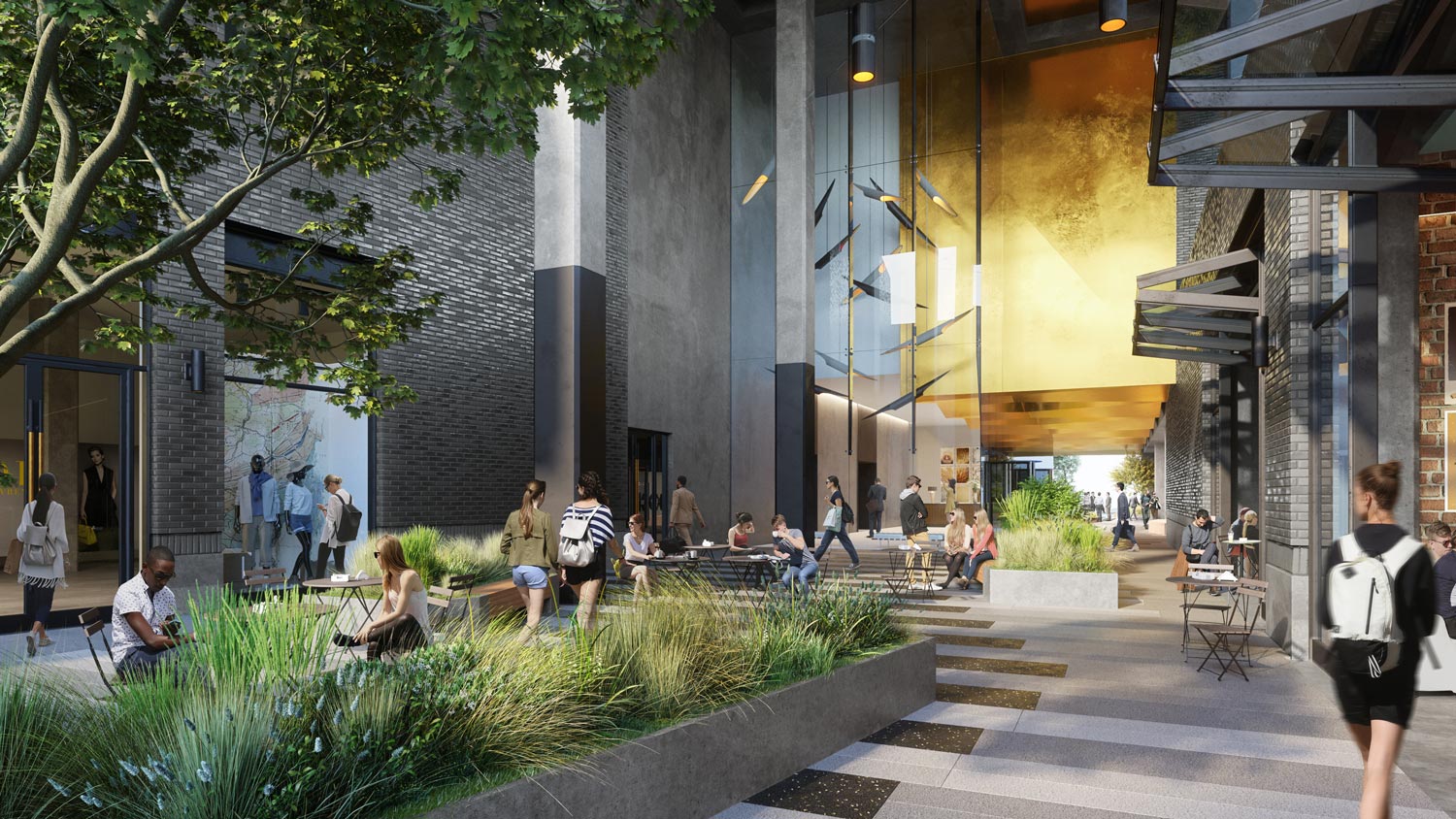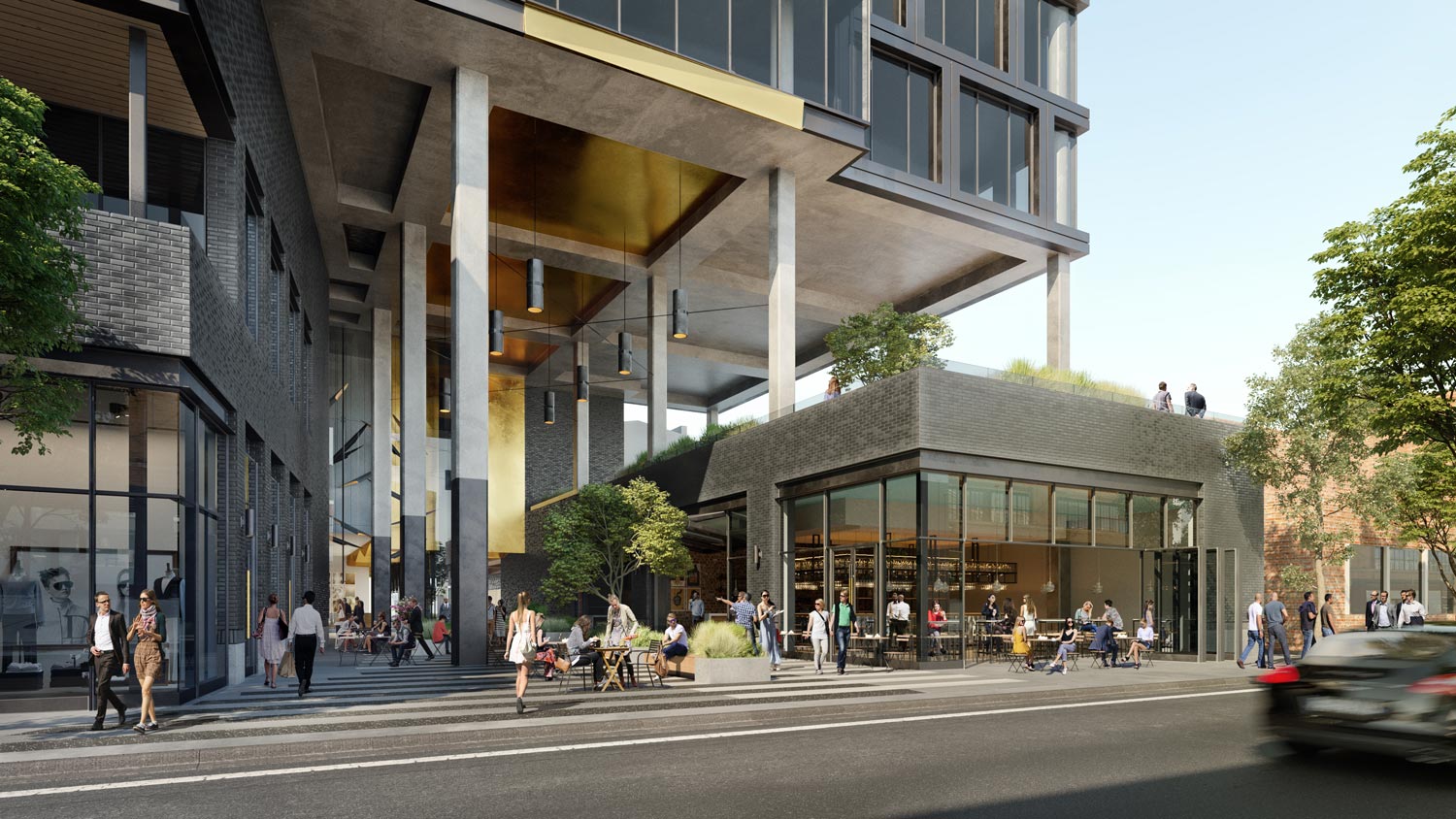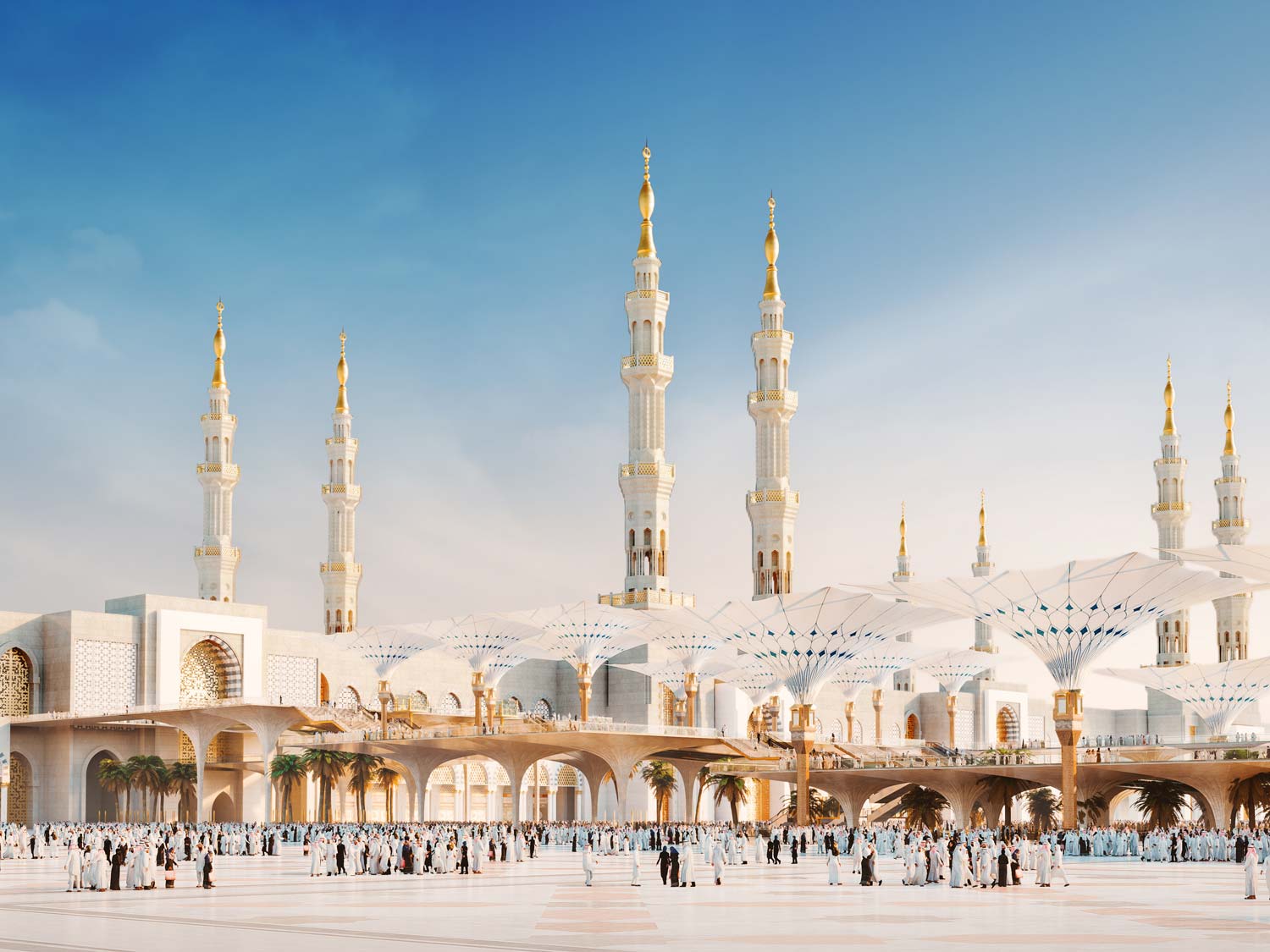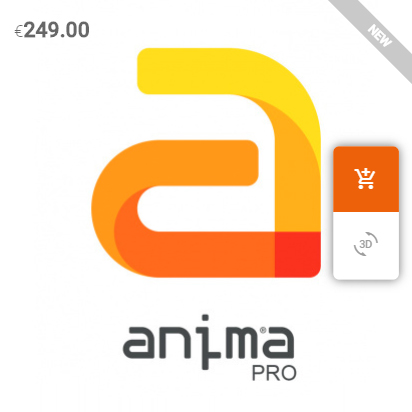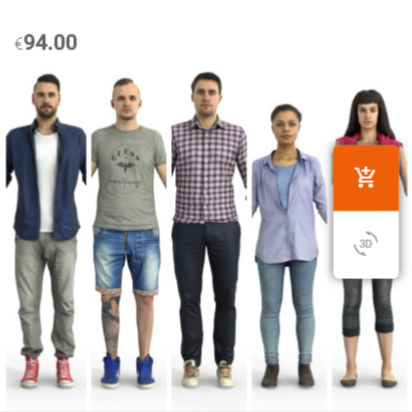Author:AXYZ DESIGN
Date:2019-02-19
INTERVIEW WITH BERGA & GONZÁLEZ
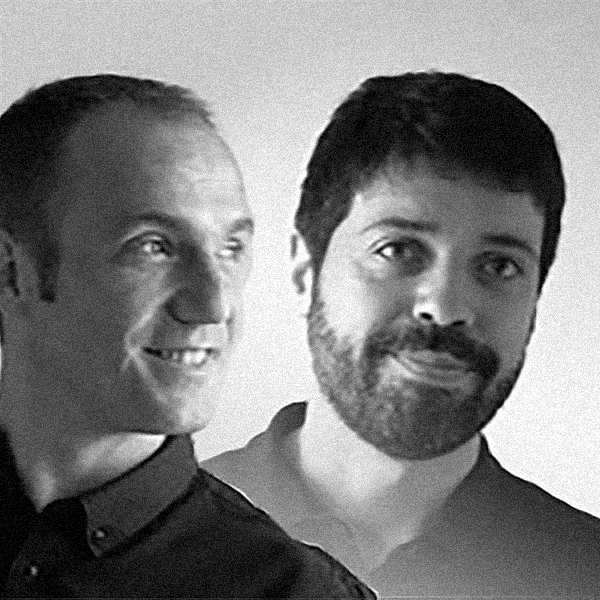
We are proud to present an interview with Berga & González, a prestigious architecture and 3D rendering studio founded in Barcelona in 2001 by the architects Alberto Berga and Javier González. Alberto is also president of AVA, The Architectural Visualization Association a non-profit organization whose objective is to contribute to the dissemination, organization and recognition of the work of architectural visualization professionals.
1. Welcome Guys. What can you tell us about your professional background and your studio?
Berga & González was born in 2001. After four years of activity doing architecture, we won a competition to build sixteen unit housing building.
Initially, Berga & González was an architecture bureau. However from the beginning we decided to organize a team dedicated to architecture visualization, a fundamental piece during the designing process. Many projectural decisions were supported by the aid of lots of CG images we were able to elaborate.
In 2007, the economic crisis in Spain forced us to focus our professional efforts on the visualization team, since construction projects at that time were scarce.
Later, in 2012, the founding partners, Javier and Alberto, changed their commercial strategy. They created a new website and formally presented themselves to the market as an architectural visualization company.
Currently, Berga & González is formed by a team of eleven people, from five different nationalities. We carry out around eighty projects per year for clients around the world in more than thirty countries. We offer all kinds of services related to architectural marketing, from still images, animations, VR, design of marketing campaigns and branding. We also continue to offer the architecture service at the Conceptual Design level.
2. Your studio performs both architecture and visualization projects. What characteristics distinguish each of them in terms of professional satisfaction, creativity and execution times for example?
Let's say that in architectural projects, we have separated ourselves from the more technical and bureaucratic aspects. Now we focus exclusively on conceptual design, so to speak. In a nutshell, we stay in the fun part. The freedom we have gives us the opportunity to continue exercising architecture from a more conventional side, but avoiding the problems that arise after the design phase.
As for visualization projects, they are much more intense and the deadlines much tighter. Sometimes the client accepts our proposal immediately while in other cases it implies a bigger effort. The degree of expectations and satisfaction is closely linked to that intimate relationship with the client.
Perhaps the main difference between an Architecture design project and a Visualization one is the fact that although the complexity of the design process of an architectural project in comparison with one of visualization is greater, also the level of satisfaction is higher. However, if I had to put it on a scale, I would say that in Architecture there have been more disappointments and frustrations than satisfactions.
In an architectural visualization project you get feedback almost immediately and constantly. If you work with passion and seriousness you get recognition sooner or later. In the architectural field, this is not always the case.
I believe, in terms of professional recognition, the world of visualization is fairer.
The new retail base of the Willis Tower designed by the architectural firm Gensler.
3. In such a competitive and growing market as the architectural visualization one, what is the key to differentiate from other companies? Where do you seek inspiration?
Today it is effortless navigate any website and find amazing CG images and 3d Artwork. There is an number overwhelming of companies doing amazing works, so it is complicated for us to differentiate ourselves just by putting our effort into the quality of the product.
Said that, we try to differentiate ourselves from the competition through a customer service tailored to their needs. We guarantee that what we show in our portfolio is what we are. There are no personal projects of exceptional quality that we are not able to achieve in commercial projects.
Our highest value is the consistency of our work, our service and response throughout the process of creating images. For us, the key is to obtain a high-quality product through exceptional service.
As for inspiration, the truth is that we look for it everywhere. Photography, design, architecture, etc. In any kind of graphic publications, there are thousands of interesting imagery references. We try to make inspiration always come from reality, real photographs and good architectural design.
4. What are the most important characteristics to become a recognized artist according to you
Apart from the obvious, which is to make exceptional images, it is also essential that they are done in a reasonable period and that during the design process the customer's concerns or comments are incorporated scrupulously. Everything should be done diligently. If all this happens, we find ourselves before a person you can rely on, and today, this is something priceless.
5. AVA (Architectural Visualization Association) organization can be a topic for an entire new conversation. However, can you quickly share with us what was the principal motivation and goals of it?
The main motivation behind AVA is to improve the Archviz industry and with it the lives of the professionals who dedicate themselves to it. It's about doing something that works for everyone.
The goal of AVA is to become a representative entity capable of promoting the recognition of "Architectural Visualization" as a profession. At the same time, AVA wants to support professionals, through legal advice, the organization of events and meetings with the aim of creating a solid professional network. The ideal scenario would be that in each country a group of people could represent AVA, so that the professionals of Archviz can feel represented locally.
6. Do you have any tips for someone who might be interested in starting archviz?
My best advice would always be to take Archviz seriously and not as a hobby. There are many people proud to work sixteen hours a day without stopping or even working for free. This does not lead anywhere. For your hobby to become your profession, someone has to pay for the time you dedicate to your work. In addition, it is generally better that they are real customers and not oneself :)
We must be very careful with the control of our work and the return we get from it. If that return is not satisfactory, we must change our strategy. Maintaining an unsustainable financial situation, whether due to ignorance or lack of dedication, is not an option for the future.
7. In most of the architectural photography we can find in magazines and books, spaces are usually empty. When you consider adding human figures is important for your images? Why?
It is true that architectural photographs usually show empty buildings, although it is increasingly common to find more images in which people appear. Undoubtedly, adding human figures is a complicated task, but when done in the right way, you can take the images to a higher level. The ability to explain stories in images with human figures is difficult to obtain through other compositional elements. If we want to explain architecture from a functional point of view, the incorporation of people is essential. It gives a different perception to the "architecture", not only of the scale and monumentality of the building itself, but as a setting for everyday life.
3D rendering office Chicago by Berga&González architects.
8. How does a high quality asset, like a 3d people, impact the visualization?
The higher the quality of the asset, the easier it is to use it and the more flexibility we have when making decisions. Undoubtedly, high quality 3D assets improve the final quality of our visualization work.
A low quality asset can ruin an image!
9. In which images did 3d people take a fundamental role? Please share some.
For me, the images in which 3d people are having a high impact are those in which many 3d people must appear in medium and long shots. Shopping Centers and Airports are the ideal scenario to use this type of assets. Also for the generation of aerial images they have proven to be of great help. The ease of placing them and the ability to move the camera freely to get new views, make them into a very suitable option. I would like to share some images but unfortunately the vast majority is subject to confidentiality agreements.
Expansion of the mosque Al Masjid an Nabawi in the city of Medina, Saudi Arabia.
10. Archviz used to be very static. Do you notice a growing demand for animations? Do you think real-time applications like Unreal or Unity can be game-changers?
For two or three years we have seen strong growth in the demand for 3d animations. For this reason, our company has been offering this service since the beginning and the response of our customers has been excellent. For the development of real-time applications, Unreal or Unity have proven to be the most powerful tools and are here to stay. In the coming years, I am convinced that this type of applications will become high demanded product. Today there are some difficulties for its commercialization, but surely the situation will improve as the technology advances.
11. How useful has our products and specially anima be to create 3d people crowds for your projects?
I must say that anima® has been essential when it comes to incorporating 3D people into our 3D animations. We have been using anima for many years and it is difficult for us to think of an animation with 3D walking characters made without the help of anima® 3d people tool. For us, it is the reference software.
12. What other tools would you consider indispensable for your work? Just out of curiosity, what tool that does not yet exist, would you like it was created to improve your work?
The truth is that any parametric tool that facilitates the modification of the scene adapting it to the new client ideas and project requirements is welcome in our office. Development times are increasingly limited and the flexibility provided by this type of software is essential.
13. What is your fear, of any, and the biggest excitement about architectural visualization?
We are not especially fearful people. We prefer to dedicate our time to improve our work processes and keep them in constant evolution. Perhaps something that could worry us is the fact that we perceive a stagnation produced by a certain complacency, but we are always alert to prevent this from happening. Something that thrill us is the fact to see how Architectural Visualization is gaining ground in the architecture market. What a few years ago was perceived as a secondary profession, towards which many architects did not show great respect, today has become an essential part of both the architectural design process and the marketing and commercialization stages.
14. What major trends do you see in archviz?
I find it hard to say what the current trends in Archviz are. I see many interesting things related to real-time 3d experiences, and this will undoubtedly become an area of the market in great expansion for the coming years. I also see a trend towards the diversification of the services offered by large visualization studios. More and more Archviz companies are evolving to become full-service agencies to offer more complete product packages to their customers. It is no longer about generating images, but about providing services that range from graphic design and branding to the development of marketing strategies for real estate products.
15. Are there any future projects you can tell us about?
There are many, but it is difficult to talk about them without violating any confidentiality agreements. I invite you to discover our work in our social networks and website. Soon we will announce a surprise!
MAIN OFFICE:
C/ Nàpols 193, Bajos int
08013 BARCELONA (SPAIN)
WEBSITE:
www.renderingofarchitecture.com
These images have been done using anima® PRO and metropoly® rigged 3d people models:
